Just the mention of the word helmet can start a spirited debate even among fellow cyclists. Some think you’re a fool to ever ride without one. Some think the requirement to wear a helmet creates a culture of victim blaming in accidents. Someone gets run over and your hear “well he wasn’t wearing a helmet.” We need to make our roads and pathways safe enough to avoid these types of accidents, but crashes do happen, and helmets definitely provide protection from head injuries. That can’t be debated.
We certainly recommend you wear one, but how do you choose? There’s hundreds of different helmets on the market, so here is a guide to purchasing the right helmet for you.
Design
The first thing you’ll have to decide on is the style: Road, Mountain, or Multi-Sport.
Road helmets are usually the lightest weight, most ventilated, and most aerodynamic. They’re also likely the most expensive, but I’ve found that with a quality road helmet you can hardly tell you’re wearing one at all.
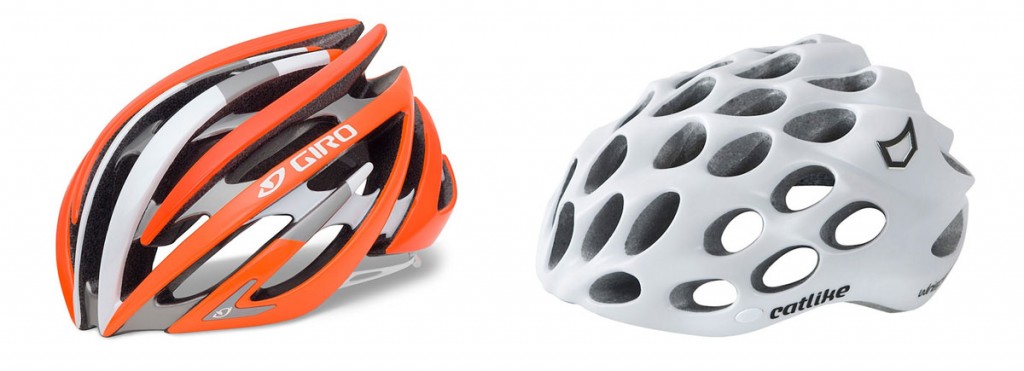
Mountain helmets are designed to ventilate better at lower speeds (some say they’re a bit noisier at the higher speeds associated with road riding). They also provide more coverage to the back of the head, and almost always come fitted with a visor.
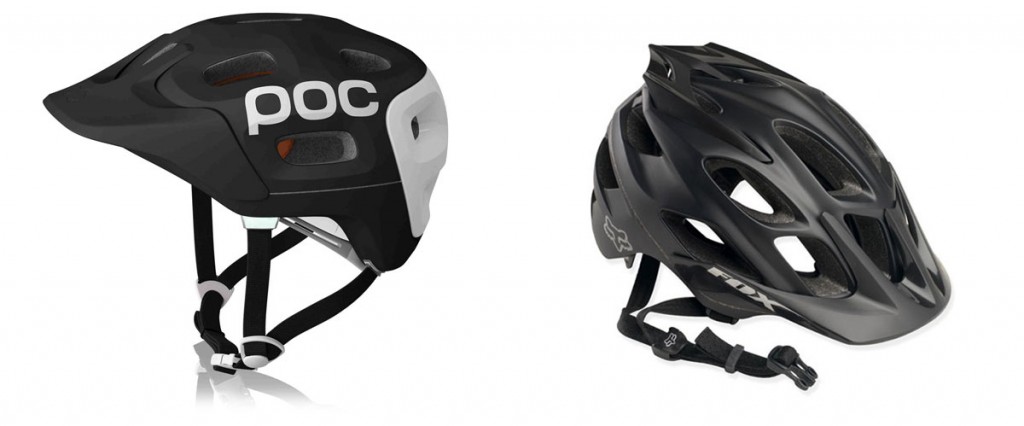
Multi-Sport helmets use a similar design to classic skateboard helmets. They’ve become wildly popular with commuters and urban riders. They’re usually less ventilated, but many (not all) are made to meet both the CPSC safety standard for bicycles and the ASTM F1492 standard for skateboards and inline skates.
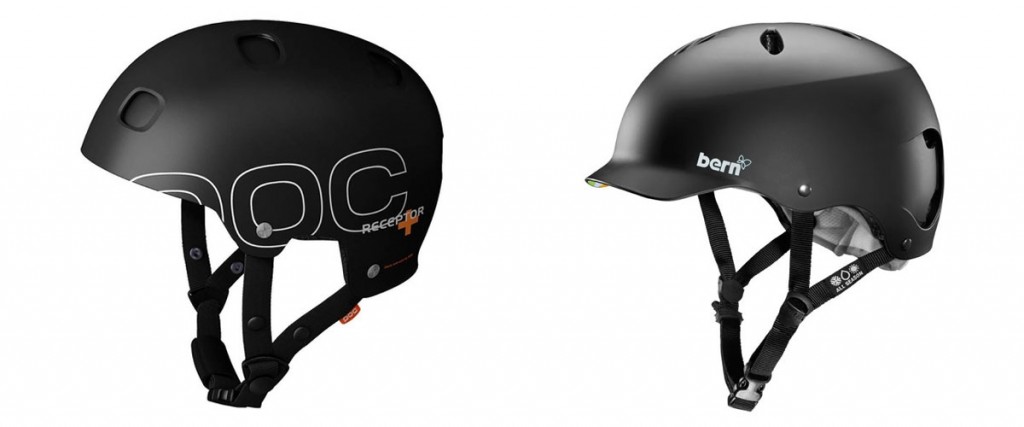
Fit
A properly fitting bike helmet is extremely important. Most helmets have an adjustment in the back for fine tuning a snug fit, but make sure you purchase the size appropriate for your noggin. Helmets will be available in Small, Medium, and Large. Check with the specific manufacturer for their size recommendation.

Turn clockwise to tighten, counter-clockwise to loosen.
You want to tighten that adjustment so the helmet is snug, but doesn’t cause any pain. A common mistake with beginner cyclists is allowing the helmet to slide back onto the back of the head. Make sure it is level and protecting your forehead as well. Having the strap adjusted properly can help with this, and will also keep your helmet from coming off in the event of a crash.
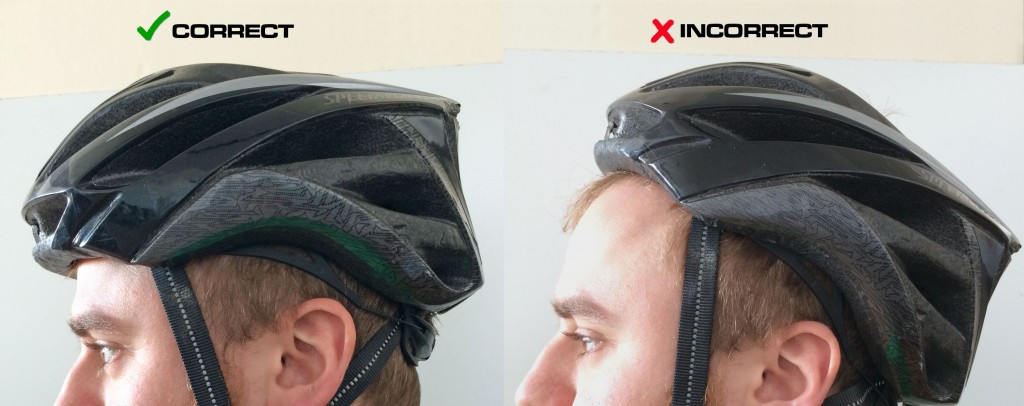
Cold Weather: Liners and Covers
Ventilation is your best friend in summer, but when the temperature drops you want to keep your head warm and dry. Some multi-sport helmets have removable liners for winter (they even come down to cover the ears!).
For road or mountain helmets, covers are available which block the vents, and keep rain out.
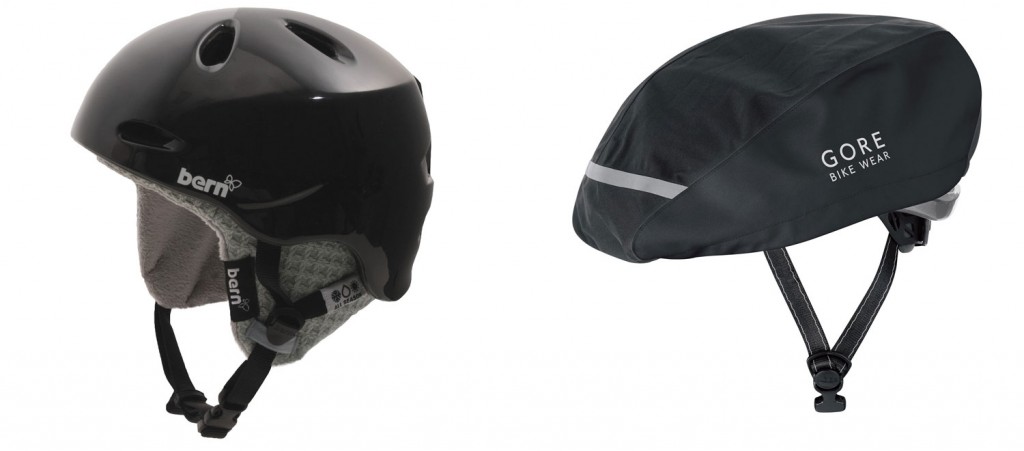
I often wear a thin fleece hat under my road helmet. It’s thin enough to easily fit underneath, but with fleece material I’ve found it to be adequate for even the coldest days.
When to Replace
In the event that you do find yourself involved in a crash, you should replace your bike helmet. The polystyrene foam a traditional bike helmet is made from is designed to crush upon impact. Even if your helmet appears fine after an crash, it’s time for a new one.
If you manage to stay upright, you should still replace your helmet after about 5 years. Weather, sweat, and UV rays from the sun can break down the foam over time.
No matter what type of helmet you decide on, make sure you wear it.

